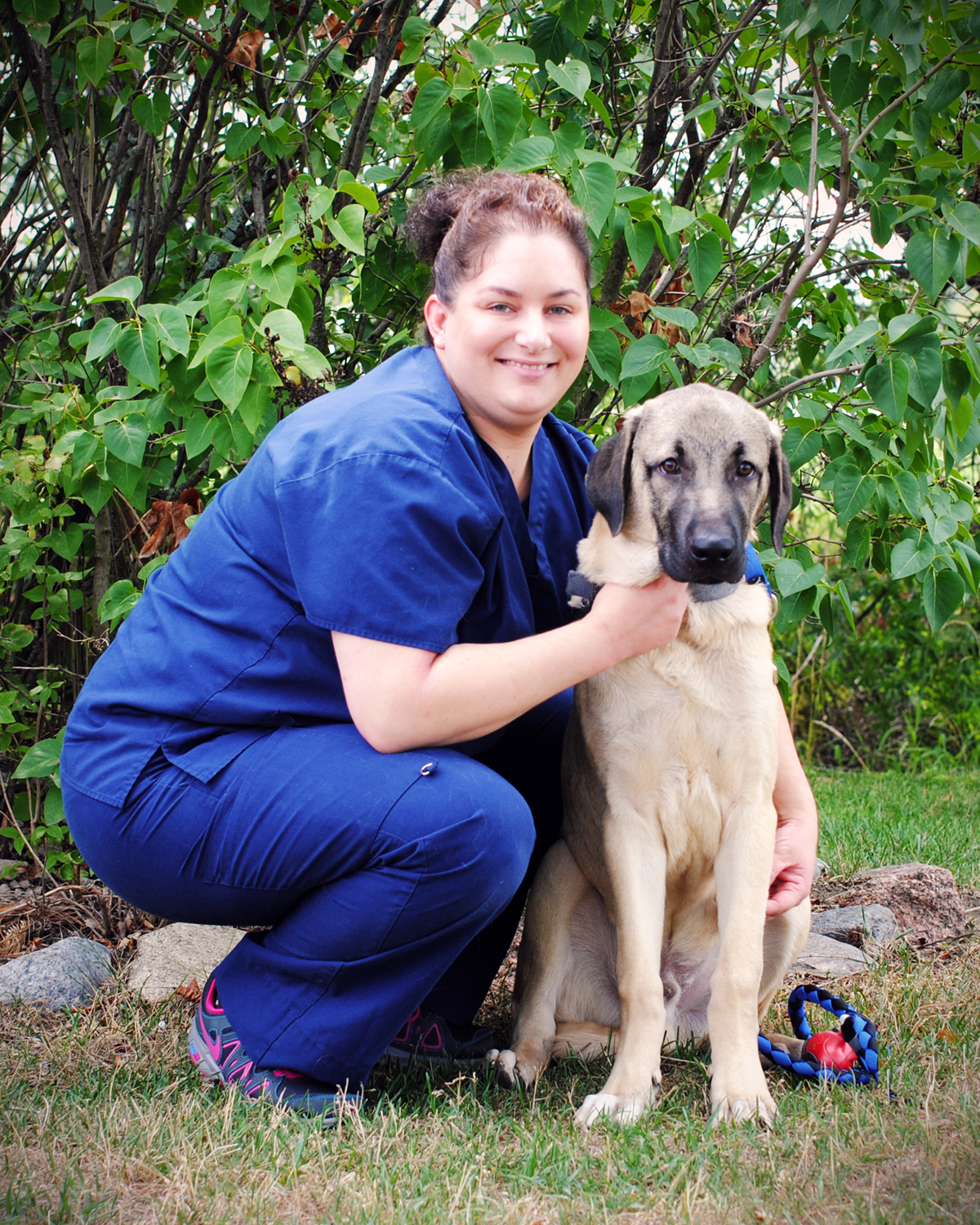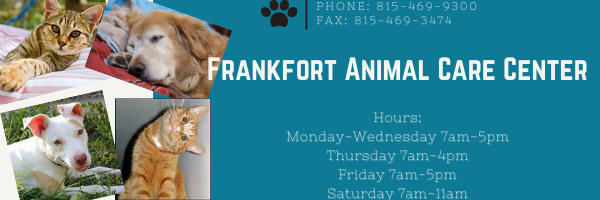 Rachel
Rachel
"I have worked at Frankfort Animal Care Center since 1998! I started out as a receptionist and then went to JJC to become a CVT. I have been certified since 2003. My husband and I are parents to two dogs and five cats. Our dogs have done agility as well as field work. And our cats....while they are agile when it comes to getting on the counters they mostly
champion the art of sleeping and leaving
hair balls wherever they go!!"
Kimm
"Hi, my name is Kimm. I have worked at Frankfort Animal Care Center since May 2002. I started working in the kennels, then as a receptionist, now I work as a certified veterinary technician. I attended Joliet Junior College’s Vet tech program to become a CVT and graduated in 2009. I recently rescued a pitbull named Brodie, who enjoys doing agility classes or just lounging around the
house. I enjoy working with all the pets that come in to the clinic
and look forward to meeting your
furry babies when they come to visit."
 Jill
Jill
"Hi, my name is Jill. I am lucky to have become a part of the wonderful staff at FACC since December 2011. I come with 15 years previous technician experience and have loved every minute of it. My boyfriend and I have quite the pet family that includes dogs, birds, rats and even two tortoises! There is certainly never a dull moment in our home, but plenty of smiles from all of their little personalities. I so look forward to meeting all of you and your furry babies!"
What is a veterinary technician?
Veterinary technicians offer much of the same care for pets that nurses offer for people. Credentialed technicians have graduated from a two- or four-year AVMA-accredited program with an associates or bachelor’s degree in veterinary technology.
In veterinary technology programs, a technician learns how to:
Obtain and record patient case histories
Collect specimens and perform laboratory procedures
Provide specialized nursing care
Prepare animals, instruments, and equipment for surgery
Assist in diagnostic, medical, and surgical procedures
Expose and develop radiographs
Advise and educate animal owners
Supervise and train practice personnel
Perform dental cleanings.
Sources: American Veterinary Medical Association, National Association of Veterinary Technicians in America.

